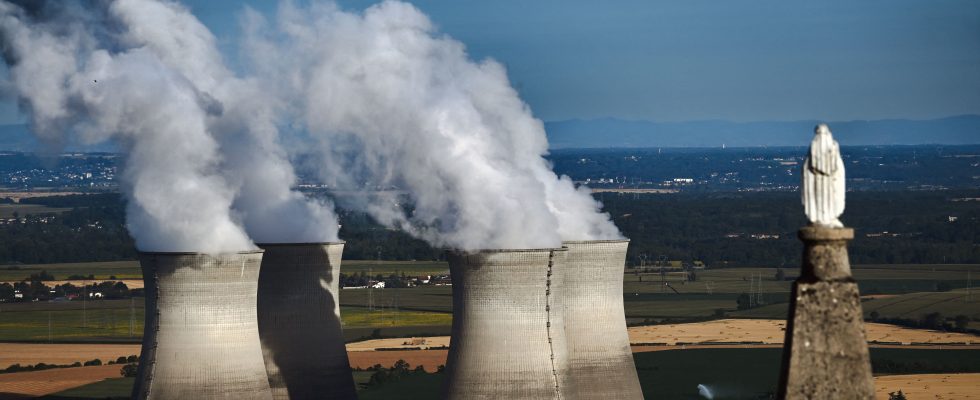Straighten finances. The order has been given. After recording one of the worst losses in the history of the Paris Stock Exchange in 2022 – 17.9 billion euros – EDF is trying to clean up its accounts, weighed down by an unprecedented debt, which stands at 65 Billions of Euro’s.
And to do this, the energy company is focusing above all on an increase in its production. A real challenge for the company, whose nuclear production fell to its lowest level in 30 years in 2022 (270 terawatt hours, TWh), and which has set itself the objective of reaching 400 TWh by 2030 .
Optimization of the management of compulsory stops
To achieve this, the leading European electricity producer and supplier has several tools at its disposal. First and foremost, the optimization of the management of its mandatory stops. And for good reason, each year, the nuclear fleet made up of 56 reactors experiences an average of 43 shutdowns for fuel loading or maintenance and inspection visits of varying magnitude.
Therefore, “the need to better control” these shutdowns, and to “improve performance” during these periods is “even more crucial” in this context of “particularly significant activity load”, argues management on Wednesday November 15 during a press conference.
Especially since with the numerous works undertaken on the nuclear fleet in order to extend the lifespan of the power plants, EDF finds itself at a historic moment” and must face “an industrial load […] extremely high.”
“The Nuclear Safety Authority asked us to ensure that our reactors, which were designed 40 years ago, reach a level of safety as close as possible” to those of the EPRs, explains the director of the Nuclear Division , Etienne Dutheil. And to specify: “Concretely, this translates into volumes of modifications, additions and replacement of equipment” which are “six times greater” than around fifteen years ago.
Production cycle time, power increase
Extending the duration of the production cycle of 900 MW reactors fueled with MOX (depleted uranium associated with plutonium from reprocessed fuel) is also among the group’s priorities. With the objective of increasing it from 12 to 16 months from 2028. A way to reduce the frequency of stops for fuel loading.
In addition, EDF is counting on increasing the power of some of its reactors from 2027. And hopes to be able to increase the power “easily by 30 to 40 MW” up to 13 reactors of 900 MW.
Creation of a “task force”
Initiatives whose success relies largely on the mobilization of a “task force”, capable of deploying to support sites that are shut down. A reorganization of production is also planned. Welding, as well as the opening-closing of fuel tanks, should in particular be reinternalized. The energy company also adopted a standardized approach to work scheduling.
According to EDF, these developments have already started to prove their worth. Illustration from management: the key milestone of fuel unloading is carried out on time in 70% of cases, compared to less than 3% in 2019, argues management, which confirmed on Wednesday its objectives of reaching 300 to 330 TWh this year, 315-345 TWh in 2024 and 335-365 TWh in 2025. This, excluding the Flamanville EPR, whose start-up is planned for the first quarter of 2024.
